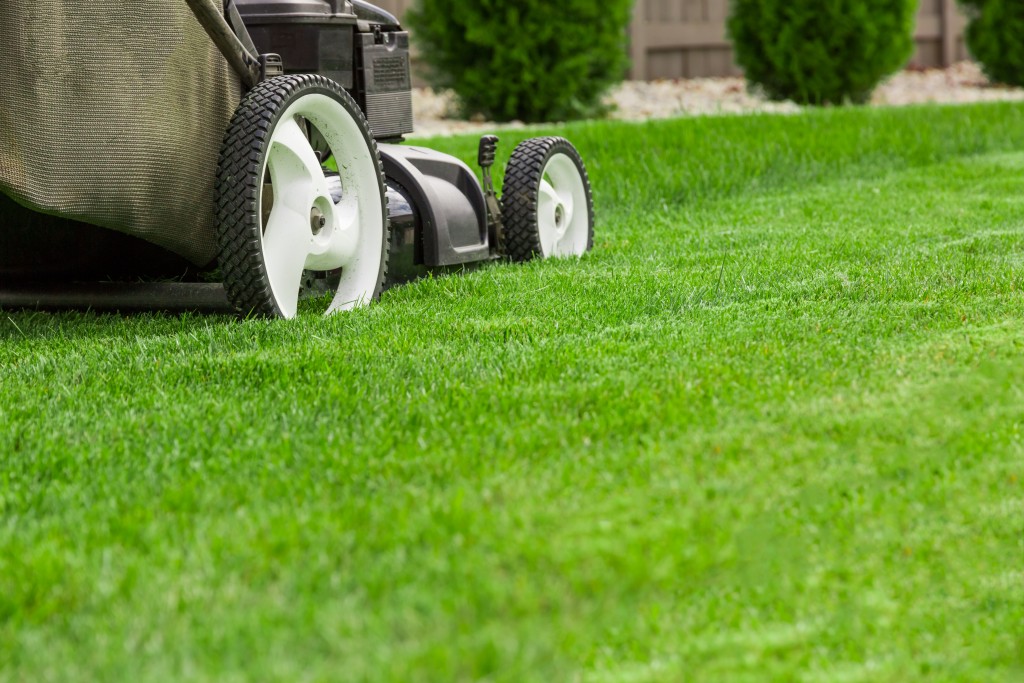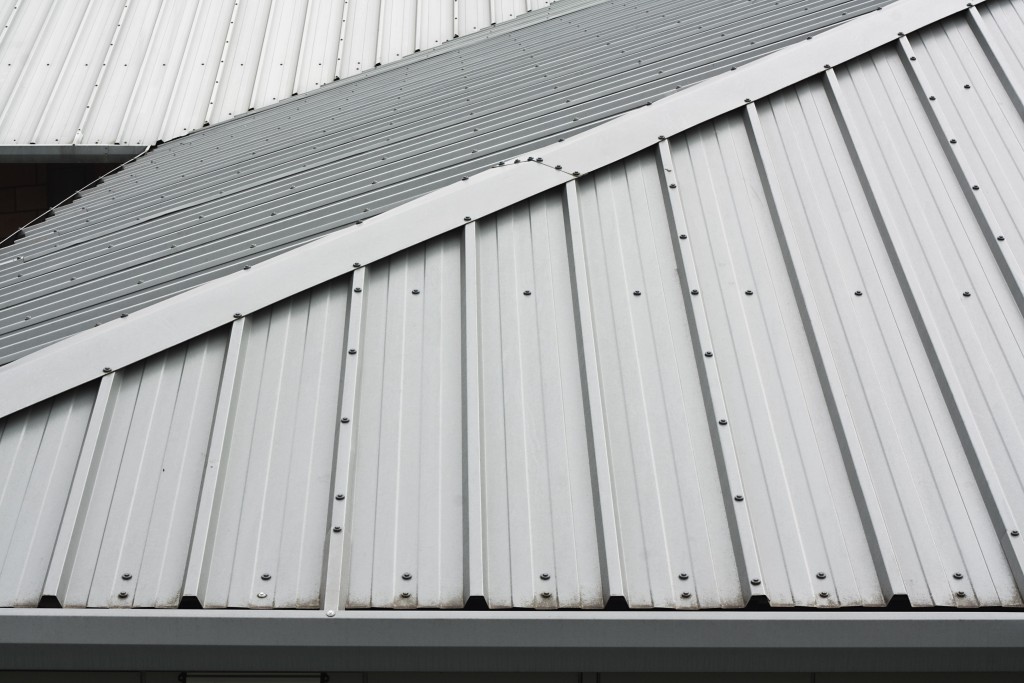If you already miss the spring and summer and want to enjoy these seasons next year, preparing your lawn and garden for the upcoming winter is the first step. Without proper winterization, your lawn won’t be healthy enough to emerge beautiful come spring.
Take advantage of the remaining days for yard work. Before the first snow falls, make sure your outdoor space is properly winterized by following these steps:
1. Remove the weeds in your lawn.
One of the reasons your lawn may have a hard time recovering from winter is dehydration. Weeds compete with healthy grass for the available water and nutrients from the soil, which are already scarce in the winter, to begin with. This is why keeping the grass in your lawn healthy through the cold months necessitates removing weeds.
2. Check the soil’s pH level.
Before applying fertilizers, you must first determine the soil’s pH levels. Knowing your soil’s acidity levels will help you give it the right nutrients it needs through your fertilizer. Your target should be to make your soil neutral instead of being acidic or alkaline.
3. Fertilize.
Fertilizer is essential in preparing your lawn and garden for winter because it contains potassium that strengthens the grass’s roots, helping it survive the cold. Make sure, though, that the fertilizer you will use is formulated for winterizing lawns. This type of fertilizer has a higher potassium content than regular ones.
4. Aerate the lawn.
Allow water, air, and the nutrients from the fertilizer to reach your grass roots through aeration. This also prevents the formation of thatch buildup, which further hinders the nutrients from reaching the roots. You can aerate your lawn using aerator shoes or manual aerators.

5. Hydrate the soil and grass.
As mentioned earlier, your greenery and soil likely aren’t getting enough water during winter. And when the soil is dry and dehydrated, it allows for deeper penetration of frost. As soil freezes and thaws, it becomes more prone to cracking, exposing your grass’s tender roots to the harsh elements. So prepare for winter by programming your irrigation system to deliver water to your landscape twice a month.
6. Start overseeding.
As grass matures, you might notice patches on your lawn that look thinner than other areas. This is normal for many types of grass. But you don’t have to live with thinning dead grass next season if you start overseeding before winter. Once the grass seeds germinate come spring, the bare or thinning patches in your lawn will have been covered and replaced with new grass.
7. Trim branches.
Moving away from your turf and into your trees, you can’t forget to prune tree branches before the snow falls. Pruning prevents dead limbs from being burdened by snow and accidentally damaging your property. Pruning also aids in rejuvenating your trees once spring comes after being dormant during the winter.
Winterizing your lawn should be an important part of your pre-winter checklist. With all these accomplished, your lawn and garden are prepared for long months of cold and can bounce back with no problem once spring arrives.




